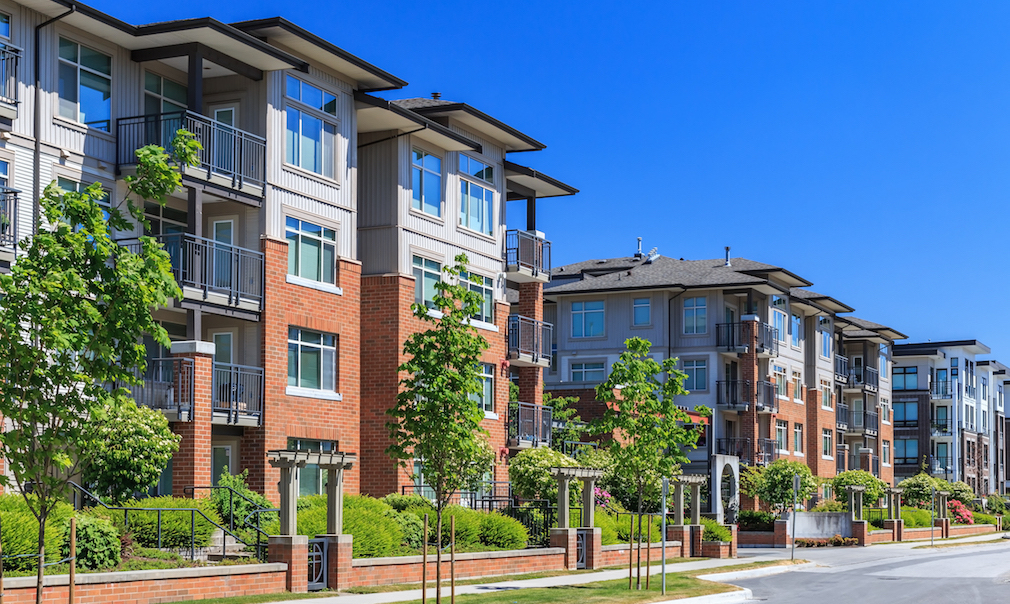New data from Yardi reveals that apartment deliveries are continuing to decline nationally.
By the end of 2018, 283,000 new apartments are expected to be delivered. This is an 11% decrease from last year when new unit construction reached its peak at 317,872 units delivered.
This is good news for rent growth which has been tapering off from its peak back in 2014. According to the report, as long as home prices are rising faster than rents, the market can look forward to continued demand for a narrowing pipeline of units. The flipside is that continued rent growth could stymie demand as affordability is already a big issue in most major markets.
According to We Are Apartments, a multifamily advocacy group, the nation will need to add an average of 328,000 units per year on average to keep up with demand. The anticipated 283,000 units is a far cry from 328,000 and will most likely exacerbate the affordability issue.
Even though the market as a whole is not hitting the mark, there are some markets that are adding lots of units to their inventories.
New York and Dallas are still riding high taking the number one and number two spots on the top 20 list with 19,948 units set to deliver and 17,132 units set to deliver, respectively.
Texas in general is burning up with Austin, Houston and San Antonio also adding significant numbers to their inventories. As a whole, the four big metros in Texas are set to deliver more than 37,000 units by the end of the year, and that is without counting Midland/Odessa’s meteoric growth in the last year.
The more expensive markets, the ones typically in desperate need of more supply, are lagging. San Francisco is adding less than 7,000 apartments to its inventory; Boston is adding roughly 5,000 and San Jose is only adding about 4,500 new units.
Unlike most of the rest of the nation, Denver is pouring gallons of gas on its production flames. The metro is on track to increase its deliveries by 150% over last year. Denver has been growing rapidly in general, and the big uptick in deliveries can actually be attributed to a lack of construction labor lengthening the construction timeline for commercial real estate projects in Denver.
“The latest employment numbers came in at 2.3% as Denver is experiencing a lack of construction workers for multifamily and competing with office developers for labor resources. This was combined with a 2017 mid-year decline in occupancy from 95.8% overall to 94.9% at year-end,” Yardi Matrix Senior Analyst Doug Ressler said in the report.
“The residential development pipeline has slowed, there won’t be as many new properties coming online. Vacancy is also increasing slightly because of the new apartment buildings coming online, particularly in the Sunbelt and the Southwest,” he added.





